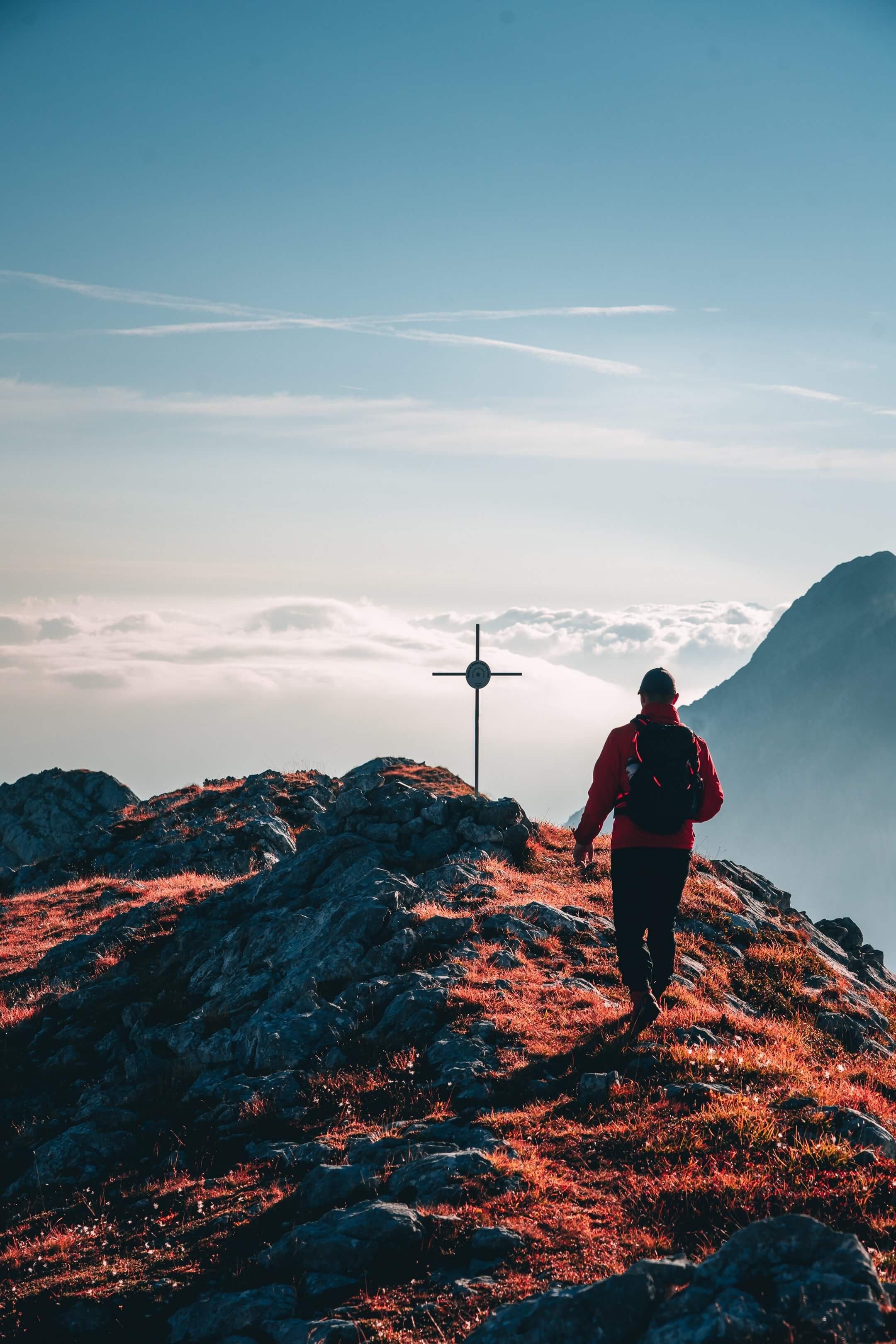“We tell ourselves stories in order to live,” Joan Didion once said. But sometimes, we walk alone in order to rewrite them.
I. Introduction: Silence, Steps, and Self
There’s a peculiar sound to solitude. It isn’t silence—it’s your heartbeat amplified against the sky, your footsteps brushing against pine needles, the low murmur of wind through ancient rock. In the wake of digital burnout, emotional noise, and the aftershocks of a global pandemic, more travelers are choosing a path not less traveled, but one walked alone.
In 2024, Prince Harry made headlines not for palace drama but for retreating into Colorado’s alpine trails, citing a need to “walk without purpose.” Thousands resonated with the sentiment. In an age of curated mindfulness apps and group wellness retreats, the notion of solo hiking as a form of radical healing is quietly gaining traction.

It’s not an escape—it’s a return.
II. The Science Behind Solitude: Why Hiking Alone Heals
The therapeutic power of nature has long been acknowledged. But science is now zooming in on solitude within nature—what happens when we enter the forest alone?
A 2025 study from Columbia University found that individuals who spent just three days hiking solo in natural environments experienced a 32% decrease in cortisol levels, a hormone associated with chronic stress. Participants also reported improved sleep quality, reduced anxiety, and a sharpened sense of focus.
🌿 Hormonal Impact of Hiking (Solo vs. Group)
| Metric | Group Hiking | Solo Hiking |
|---|---|---|
| Average cortisol drop | 18% | 32% |
| Sleep quality boost | 22% | 35% |
| Reported clarity gain | 40% | 62% |
More than physical movement, solo hiking becomes a form of walking meditation, tapping into what Japanese researchers term Shinrinyoku, or “forest bathing.” Unlike group hikes, solo hikes remove social distractions, allowing the mind to recalibrate in sync with natural rhythm.
III. From Spa to Summit: The Evolution of the Wellness Retreat
The wellness industry, once dominated by scented candles and silent retreats, is evolving. Post-pandemic travelers are turning away from indoor detoxes toward digital detoxes of a more literal kind—ones that involve dusty trails, unreliable reception, and backpacks heavier with meaning than with gadgets.
According to the Global Wellness Institute, nature-based retreats grew 28% faster in 2023 than traditional spa-centered experiences. Solo travel packages that center on nature immersion—think Patagonia’s single-person cabins or Iceland’s self-guided hiking programs—have surged in demand.

This isn’t indulgence. It’s a reconnection to the primal: our ability to rely on ourselves, to make decisions based on weather, instinct, or trail markers—not notifications.
IV. Famous Footsteps: Celebrities Who Hike Alone
The allure of the lone trail has quietly enchanted many well-known figures.
In a 2024 Vogue interview, Angelina Jolie reflected on her solitary hikes in Bhutan, calling them “more clarifying than any therapist’s chair.” Meanwhile, Robert Downey Jr., post-Marvel era, made waves after completing Japan’s sacred Kumano Kodo pilgrimage—alone, barefoot for parts of it, and sans entourage.
This shift marks a cultural undercurrent: wellness is no longer aesthetic; it’s experiential. And solo hiking, once deemed risky or eccentric, is now a rite of grounded rebellion.
V. What You Really Need to Walk Alone: Gear, Grit & Grounding
Solo hiking isn’t for the unprepared, but it’s also not reserved for ultra-athletes. It requires three key elements: Gear, Grit, and Grounding.
🎒 Essential Solo Hiking Gear Checklist
| Item | Why You Need It | Suggested Range |
|---|---|---|
| Lightweight travel backpack | Core carrier for essentials, keeps hands free | $80–$200 |
| Satellite communicator | Emergency contact tool | $100–$250 |
| Water filtration system | Safe hydration on long trails | $20–$60 |
| Compact first-aid kit | Self-sufficiency tool | $15–$40 |
| Multi-tool or knife | Versatility on trail | $25–$70 |
The right travel backpack isn’t just a bag—it becomes a metaphorical shell, carrying your tools, your fears, your future meals. The point isn’t to bring everything. It’s to bring only what matters.
VI. The Geography of Healing: Best Solo Hiking Spots in the World
Not all trails are created equal—some whisper, some roar. These destinations are emerging as the sanctuaries of the solo hiking movement:
🗺️ Top Global Trails for Solo Hikers
| Location | Trail Name | Why It’s Ideal |
|---|---|---|
| Dolomites, Italy | Alta Via 1 | Dramatic views, well-marked |
| Rocky Mountains, CA | Lake Louise Teahouse Trail | Solitude with alpine serenity |
| Japan | Kumano Kodo | Spiritual and cultural fusion |
| Iceland | Laugavegur Trail | Remote, yet accessible terrain |
| California, USA | John Muir Trail | Raw wilderness with soul |
These routes offer not just safety and solitude—but a terrain for introspection.
VII. Conclusion: The Quiet Revolution
To hike alone is to edit your own life in real time. Each turn in the trail becomes a decision, each vista a reminder of how small the noise of the world really is.
The future of wellness isn’t about fewer carbs or more yoga poses. It’s about choosing silence over scrolling, choosing discomfort over disconnection, and realizing that no app can substitute for the slow, uneven rhythm of your own feet over earth.
In this revolution, you don’t need a guru. Just a good pair of boots, a well-packed travel backpack, and the courage to begin.







Share:
Why the Dolomites Are Europe’s Most Underrated Hiking Paradise
Minimalist Mindset: Designing Your Travel Lifestyle Around Essentials